The World Health Organization (WHO) endorsed a single-dose human papillomavirus vaccination (HPVV) schedule in 2022, but adoption of the revised immunization schedule has not been uniform, notably in low- and middle-income countries (LMICs) with outsized cervical cancer burdens.
Researchers from Johns Hopkins conducted qualitative interviews with 66 immunization decision-makers across 19 LMICs in Africa and Asia. Among the countries interviewed, 11 had incorporated the HPV vaccine into their national immunization programs before WHO released its position paper on the single-dose schedule (Burkina Faso, Cambodia, Côte d’Ivoire, Eswatini, Ethiopia, Indonesia, Kenya, Lao PDR, the Philippines, Tanzania, and Uganda); 10 countries had already adopted the single-dose vaccination schedule at the time the study was conducted (Bangladesh, Burkina Faso, Cambodia, Cameroon, Côte d’Ivoire, Ethiopia, India, Lao PDR, Nigeria, and Tanzania). The study mapped the diverse policy pathways countries follow when considering adoption of a single-dose HPV schedule.
Across settings, three institutional actors consistently shaped decision-making: Ministries of Health, National Immunization Technical Advisory Groups (NITAGs), and WHO country offices. Ministries of Health generally hold the final authority, while NITAGs function as the technical backbone, synthesizing scientific evidence, economic data, and contextual factors into actionable policy recommendations. The study found that where NITAGs were functional and well-resourced, adoption occurred more swiftly. Peripheral stakeholders also played significant roles. Professional associations, finance and education ministries, inter-agency coordinating committees, and even religious leaders contributed to evidence dissemination and public consensus building. In decentralized governance systems, such as Pakistan’s, provincial governments’ financial autonomy further influenced national decisions.
The decision-making process for adopting new HPV dosing schedules in LMICs involves six sequential steps. It begins with the release of a new recommendation by WHO and SAGE, which is then communicated to the national Ministry of Health (MoH) and Expanded Programme on Immunization (EPI). The MoH subsequently convenes the National Immunization Technical Advisory Group (NITAG) to assess the recommendation. The NITAG reviews evidence on factors such as cost-effectiveness, supply chain, and disease burden, deliberates to reach a consensus, and submits its recommendation to the MoH. Following the MoH’s endorsement, the Interagency Coordination Committee (ICC) provides final authorization before the updated schedule is communicated to Gavi.
Successful policy translation requires not only scientific evidence but also institutional capacity, political will, and financial commitment. Strengthening NITAGs’ analytical independence and ensuring stable funding are essential to accelerate evidence-based decision-making. As cervical cancer elimination becomes a global public health priority, LMICs may develop transparent, resilient mechanisms that bridge global guidance and local realities, ensuring equitable access to life-saving HPV vaccines.
Content Editor: Xinyue Zhou
Page Editor: Ruitong Li
More can be found from the original article:
Roy S, Wysong MD, Rosser EN, Sheth I, Geddes C, Limaye RJ, et al. Pathways and processes to adopting or switching to a single-dose HPV vaccination schedule in low- and middle-income countries: a qualitative study. PLOS Glob Public Health. 2025;5(2):e0004245. https://doi.org/10.1371/journal.pgph.0004245





